Semitendinosus muscle: Anatomy, origin, insertion, function, Exercise
Table of Contents
Introduction:
Semitendinosus is a fusiform muscle of the posterior compartment of thigh. Along with semimembranosus & long head of biceps femoris it comprises a group known as the hamstring muscles with which it shares these 3 common features:
- They all attach between the ischial tuberosity of pelvis & bones of the leg.
- They cross both hip & knee joints on their course & act on them.
- They all are innervated by the tibial division of sciatic nerve.
As a prime mover, semitendinosus extends and internally rotates the thigh, flexes and internally rotates the leg. It also has a postural role to stabilising the pelvic girdle.
Origin of Semitendinosus muscle:
It arises, by a common tendon origin with the long head of the biceps femoris, from the lower medial facet of the lateral section of the ischial tuberosity. The semitendinosus muscle mainly originates from the medial surface of the tendon of the long head of the biceps femoris, and also originates from the ischial tuberosity with a thin tendon & a muscular part.
Insertion:
The semitendinosus tendon inserts at the upper part of the medial surface of the tibia, behind the attachment of sartorius & infero-anterior to the attachment of gracilis.
Nerve supply:
Tibial portion of sciatic nerve (L5, S1)
Structure of Semitendinosus muscle:
The semitendinosus, remarkable for the great length of its tendon of insertion, is situated at the posterior & medial aspect of the thigh.
It arises from the lower & medial impression on the upper part of the tuberosity of the ischium, by a tendon common to it & the long head of the biceps femoris; it also arises from an aponeurosis which is connect to the adjacent surfaces of the 2 muscles to the extent of about 7.5 cm. from their origin.
The muscle is fusiform & ends a little below the middle of the thigh in a long round tendon which is situated along the medial side of the popliteal fossa; it then curves around the medial condyle of the tibia & passes over the medial collateral ligament of the knee-joint, from which it is separated by a bursa, & is inserted into the upper part of the medial surface of the body of the tibia, nearly as far forward as its anterior crest.
The semitendinosus is more superficial than the semimembranosus muscle (with which it shares very close to the insertion & attachment points). However, because the semimembranosus is wider & flatter than the semitendinosus, it is until possible to palpate the semimembranosus directly.
At its insertion it gives off from its lower border a prolongation to the deep fascia of the leg and situated behind the tendon of the sartorius, & below that of the gracilis, to which it is united. These 3 tendons form what is known as the pes anserinus, so named because it looks like the foot of a goose.
Relations:
Together with semimembranosus, semitendinosus contain the superomedial border of popliteal fossa. Its tendon can be palpated when the knee is flexed against resistance (for example while squatting), as a most lateral & posterior tendon of the superomedial border.
The ischial attachment of the semitendinosus situated at deep to gluteus maximus muscle. Being in the same plane & located medial to biceps femoris, the muscle belly & its tendon course posteriorly to adductor magnus & semimembranosus in the thigh.
Tibial attachment have a couple of interesting relations;
Within pes anserinus, semitendinosus inserts along a vertical line posteriorly to sartorius & posteroinferiorly to gracilis.
All 3 muscles in pes anserinus are separated from each other with a bursa. In addition, pes anserinus as a whole is separated from the medial collateral ligament of the knee by the anserine bursa.
Functions of Semitendinosus muscle:
- Attaching between the hip & leg, the semitendinosus produces movements on both hip & knee joints producing thigh extension, internal rotation, pelvis stabilization (hip joint), leg flexion & internal rotation (knee joint).
- The function of the muscle depends on the position of the body parts it moves & which one of its attachments is fixed. There are 2 functions of semitendinosus muscle related to the hip joint when its tibial attachment is fixed;
- When the body is in the anatomical position, it internally rotates the thigh
- If the trunk is flexed anteriorly, this muscle are extends the thigh
- In case ischial attachment is fixed, semitendinosus has 2 functions on the knee joint;
- When the lower limb is in the anatomical position, it’s flexes the leg.
- If the knee is semi flexed, the semitendinosus muscle internally rotates the leg acting jointly with all the hamstring muscles.
- Besides stabilizing the pelvis together with all the short hip muscles that attach between the pelvis & proximal femur, semitendinosus also acts to stabilize the knee. In fact, due to the site of their insertion points, all the hamstrings act as the accessory medial stabilizers of the knee, & complementing the function of the medial collateral ligament of knee.
Blood supply:
This muscle is supplied by branches from 3 large arterial sources;
- Femoral artery are supplied via deep femoral artery & its first perforating branch, & medial femoral circumflex artery
- Internal iliac artery supplied through inferior gluteal artery
- Popliteal artery supplied via inferior medial geniculate artery.
Clinical importance of Semitendinosus muscle:
- Semitendinosus injury can do if any of the tendons or muscles are stretched beyond their limit. They frequently do during unforeseen, explosive movements, similar as sprinting, submersing or jumping. But they can also do more gradationally, or during slower movements that overstretch your hamstring. Repetitive stress injuries from running or walking are also a common causes of hamstring pain & injury.
- Semitendinosus strain is a mostly overused sports injury, most common in sports like football, Hockey, rugby where running, jumping with suddenly jerky knee movement are associated. The most common treatment is the use of the RICE Principle with the use of Ice packs & Hot packs. After a week gradual strengthening & stretching exercises of the muscles are the best options to return to sports.
- A grafted semitendinosus tendon ( occasionally combined with gracilis tendon) may be used to replace an unrepairable cruciate or collateral ligament, a service that was preliminarily handed by a graft from the patellar ligament. While either patron point may be used, the hamstring choice provides lower post-operative consequences to kneeling.
- Along with patellar ligament and quadriceps femoris, semitendinosus/ gracilis (STG) tendon auto grafts has been used generally and successfully for anterior cruciate ligament reconstruction. Sufficient graft size could generally be attained using either a semitendinosus/ gracilis tendon double- pack fashion, or a quadruple- pack fashion using a single tendon.
- Hamstring injuries are among the commonest muscle injuries seen in athletes and relate with significant time down from the sport. Injuries generally do during rapid-fire acceleration or high- speed handling. The biceps femoris generally is the most generally injured muscle of the posterior cube; still, the semitendinosus muscle has also been intertwined in hamstring strains.
- Assessment With the case lying prone, the semitendinosus can be patted by locating the space between the two large bands that comprise the hamstring tendons just superior to the posterior knee. Palpate medially to this space to detect the semitendinosus tendon and proximal to the tendon for the semitendinosus muscle.
- Regularly doing stretching and strengthening exercises, and warming up before exercise, may help reduce the threat of injuring your hamstring.
Stretching exercise of Semitendinosus muscle
1. Semitendinosus stretch:
Paschimottanasana
- A long sitting position on the soft mat with both legs out straight.
- Try to reach at the toes by extending the arms as seen in the pictures- as far as possible by bending at the waist while keeping the knees straight.
- Hold this position for 10-15 seconds.
- Relax back into the first position.
- Repeat 2-3 times.
- you will feel a gentle stretch at the back of thighs. Avoid painful exercise.
2.Hamstring muscle stretch:

- Sit on the ground with both legs are out straight.
- Extend the arms & reach forward by bending at the waist as far as possible while keeping the knees straight.
- Hold this position for 15-30 seconds.
- Relax back into the starting position.
- Repeat three times.
Be sure to stretch until a moderate pull is felt in the back of the thighs. If you are feel any excessive pain, you might be stop the exercise.

3. Hurdler hamstring muscle stretch:
- Sit on the ground with one leg are out straight.
- Bend the other leg at the knee & position the sole of that foot against the opposite inner thigh.
- Extend the arms & reach forward over the one straight leg by bending at the waist as far as possible.
- Hold this position for 15 seconds.
- Relax and than Repeat with the other leg.
4. Standing hamstring muscle stretch( Both legs are together):
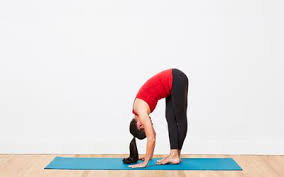
- This hamstring stretch is a simple one to do anywhere at the all. It is done in the standing position & stretches both legs at once. Here is how you to do the standing hamstring stretch:
- Stand & cross the right foot in front of the left.
- Slowly lower the forehead to the right knee joint by bending at the waist.
- Keep the both knees straight.
- Hold this position for 15-30 seconds.
- Relax and then Repeat for the other side by crossing the left foot in front of the right.
5. Standing hamstring muscle stretch (one leg at a time)
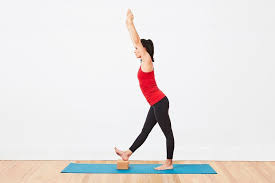
The one-legged standing hamstring stretch is completely possibly the easiest hamstring stretch to do. It can be done anywhere home, office, or outdoors & it requires no special tools.
- Stand up the straight with one heel resting on a small stool. if it is outside, one can use the curb, but be sure to watch for cars.
- Keep the knee straight.
- Reach both arms up toward the place where the wall & ceiling meet. If outside where there is no wall and ceiling, when simply reach up into the air so that the arms are about even with the ears. Reaching the arms up and as opposed to reaching down toward the foot, will keep the back straight.
- Keep the back straight & One should be bending forward slightly from the hips.
- Reach the forward & feel a stretch in the hamstring behind the thigh.
- Hold this position for 15-30 seconds, & repeat 3 times.
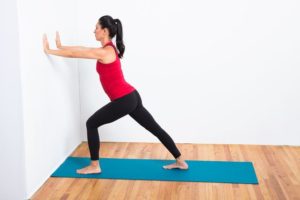
6.Runner’s hamstring stretch
The runner’s stretch is a common flexibility exercise for hamstrings
- Stand one foot from a wall & place the hands on the wall at shoulder height, shoulder width apart.
- Take a step back with 1 leg while pushing into the wall
- Keep the back straight & press the heels into the floor.
- Hold for 15-30 seconds.
- Step forward and the repeat with the other leg.
- Repeat the exercise 3 times on each side.
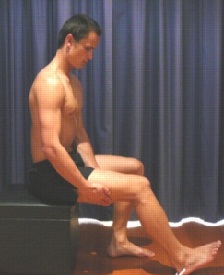
Strengthening exercise of Semitendinosus muscle:
1. Static Hamstring contraction
- Start this exercise in sitting with the knee bent to about 45 degrees.
- Press the heel into the ground tightening the back of thigh.
- Hold for 5 seconds & repeat 10 times as hard as possible pain free.
2. Bridging exercise

- Start this exercise lying on the back in the supine position.
- Gradually, lift the bottom pushing through feet, until the knees, hips & shoulders are in a straight line.
- Tighten the back of the thigh while performing this exercise.
- Hold for 3-5 seconds then slowly lower the bottom of the back down.
- Perform this exercise 3 sets of 10 repetitions provided the exercise is pain free.
3. Single leg bridging
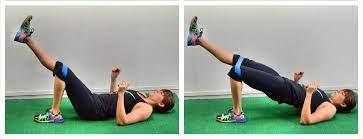
- Lie flat on the back with the knees bent & feet flat on the floor. The feet & knees might be hip distance apart.
- Tighten the abdominal muscles slightly to engage the core and stabilize the lower back.
- Lift up into simple bridge position but as one hold the bridge position, lift 1 foot off the floor & extend the knee as shown.
- Hold for 3-5 seconds, bring the foot back down, & then lower the buttocks to the floor.
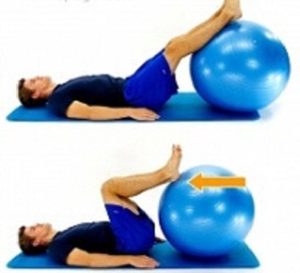
4. Hamstring curls with gym ball:
- Lies on the back with the feet & lower calves resting on a gym ball with knees straight & arms crossed over the chest.
- Slowly curl the ball towards the body by bending the knees & then slowly roll the ball away.
- Repeat this exercise for 10 times.

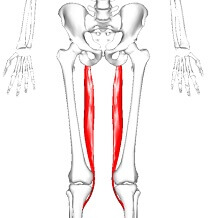
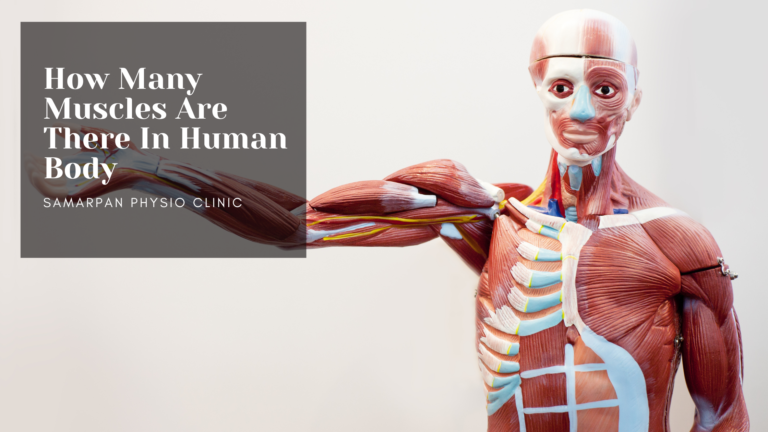
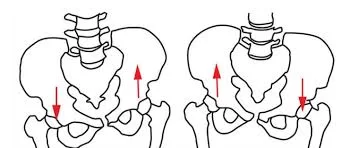
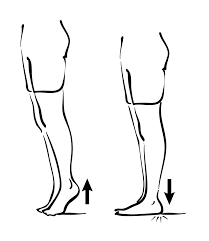
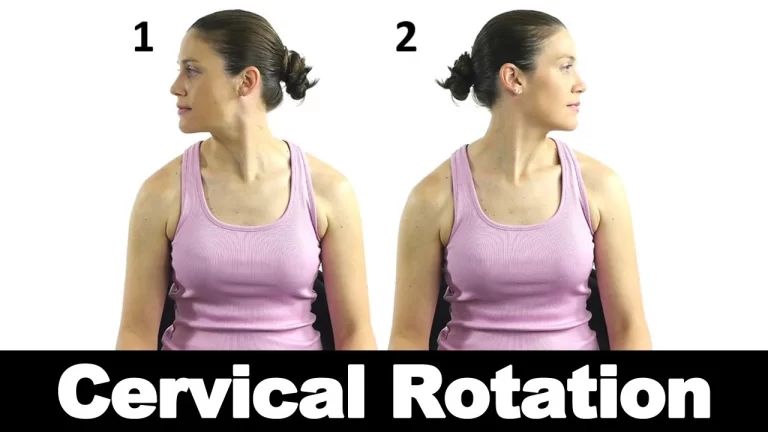
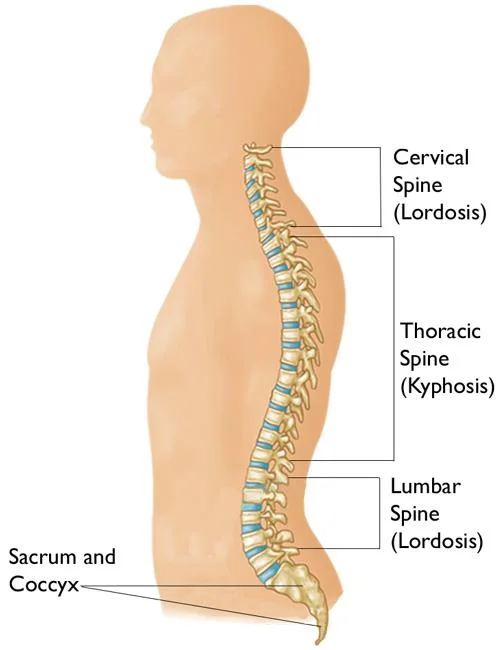
One Comment